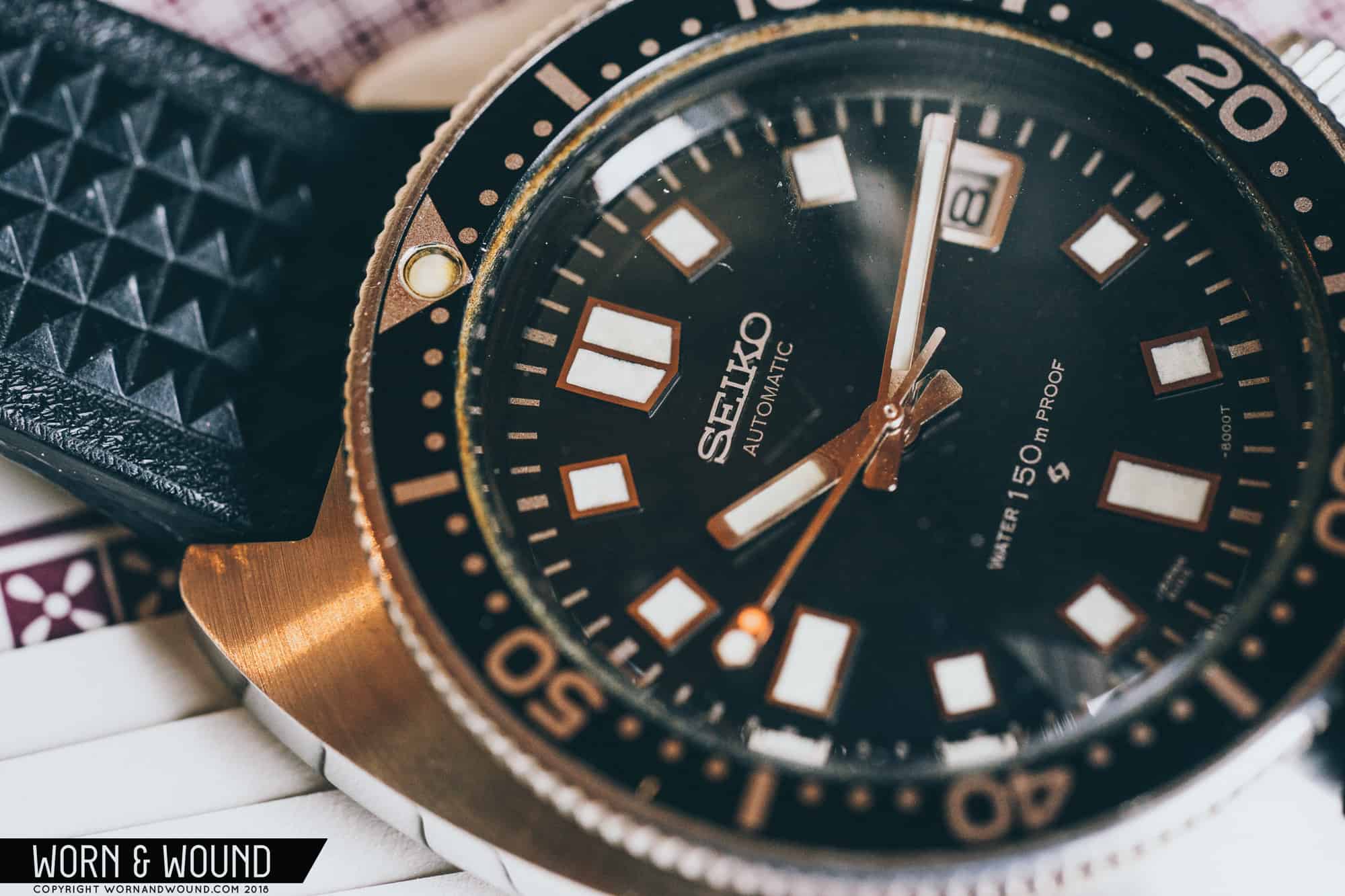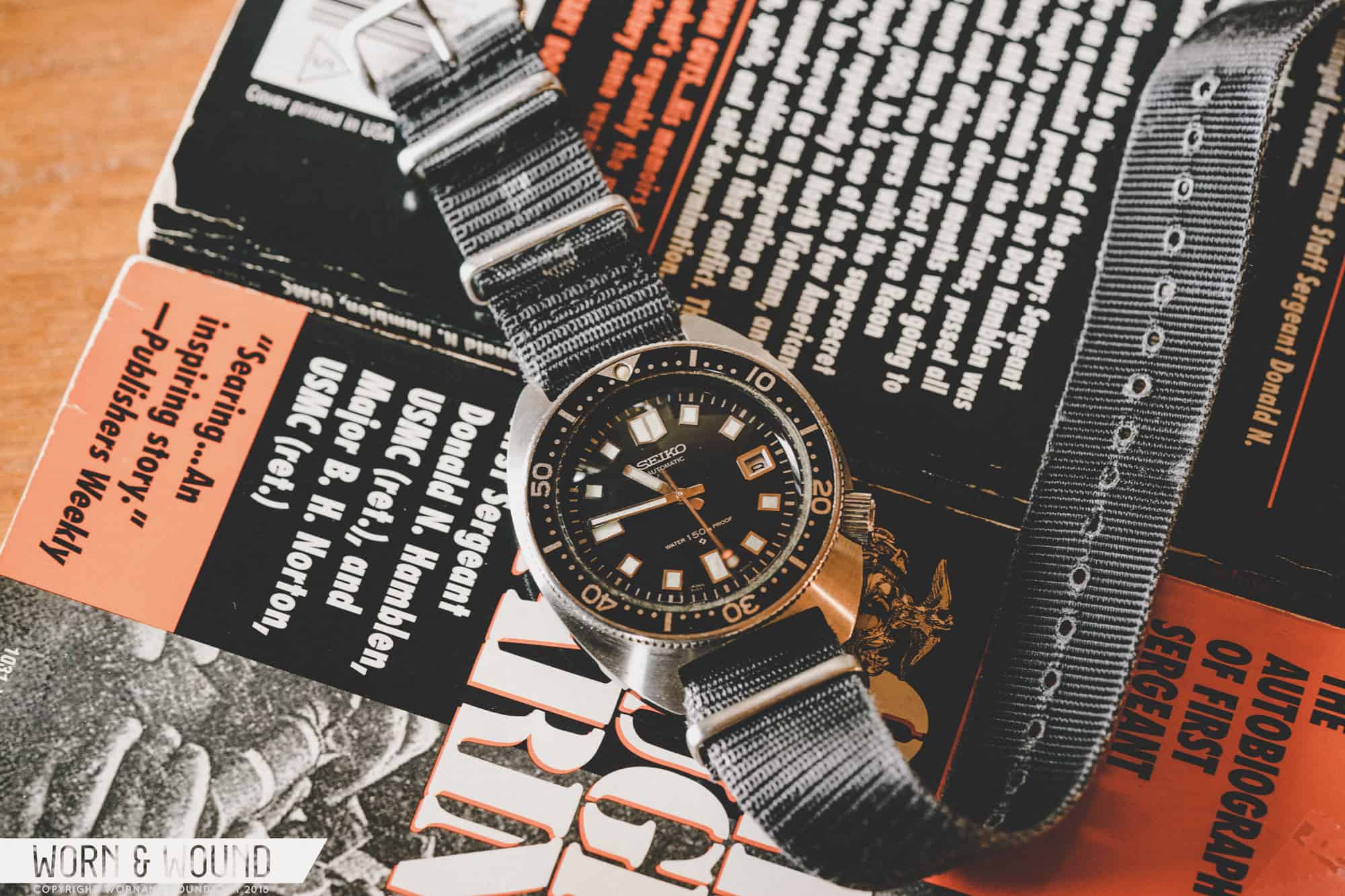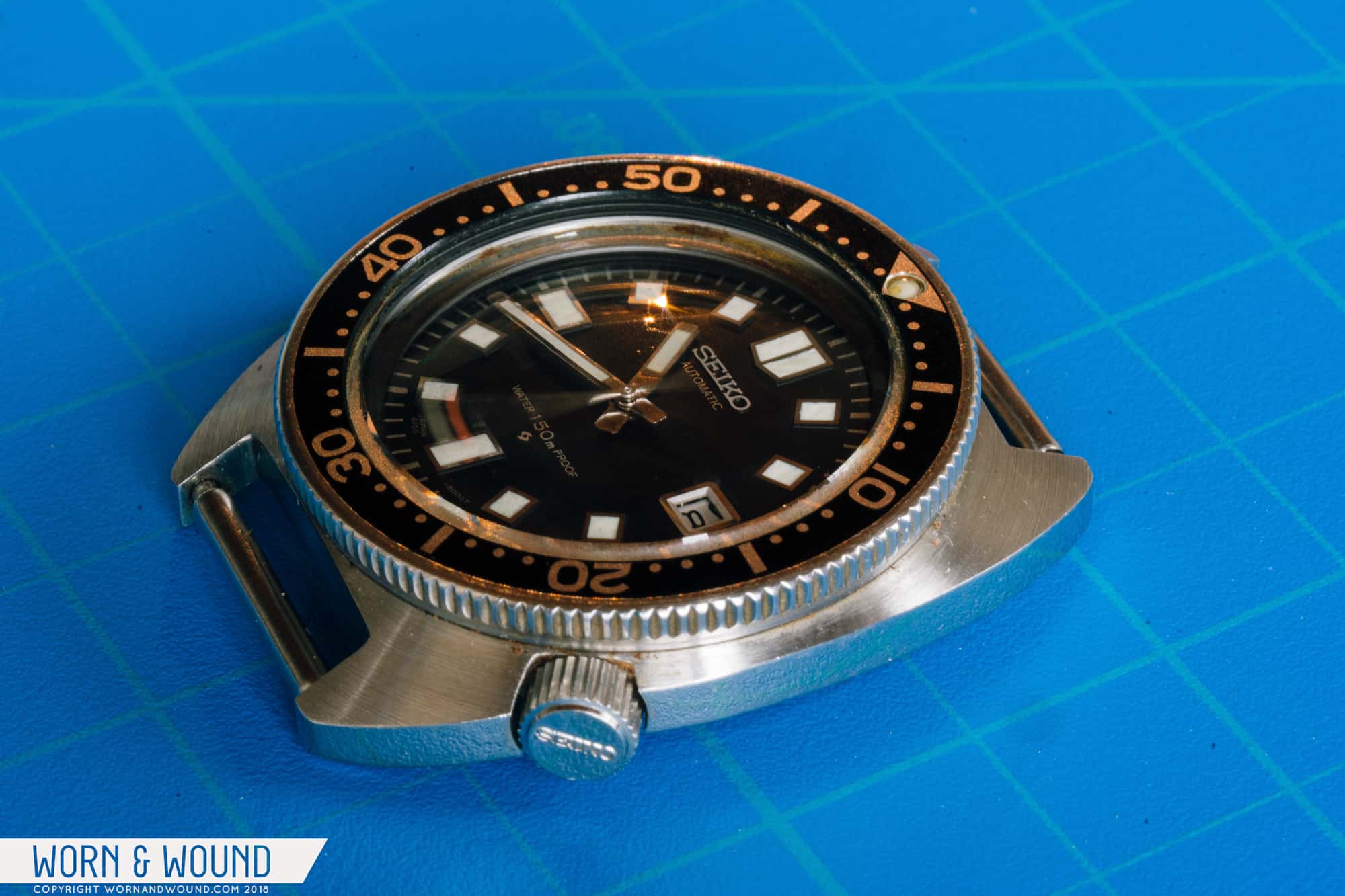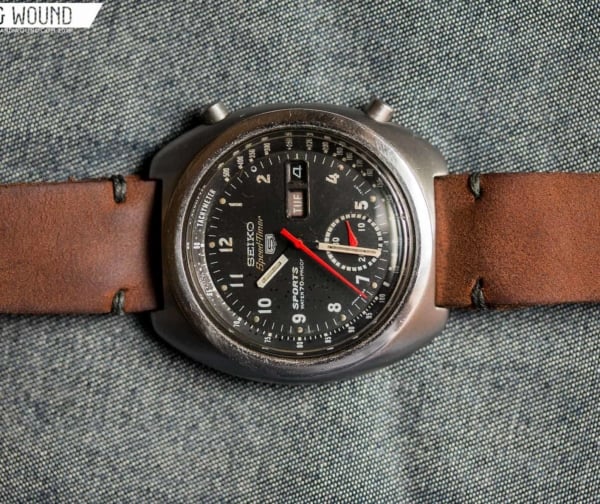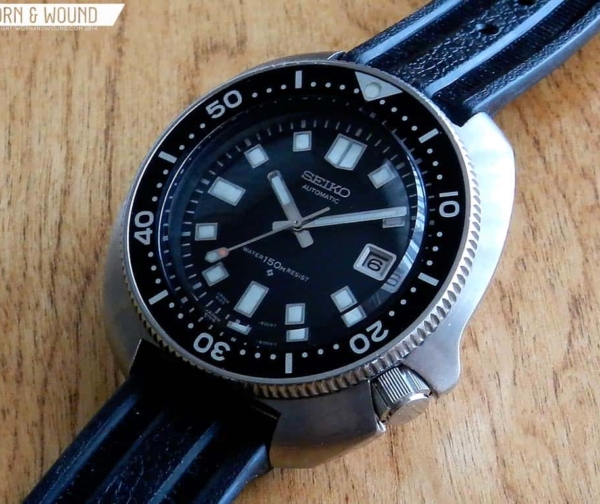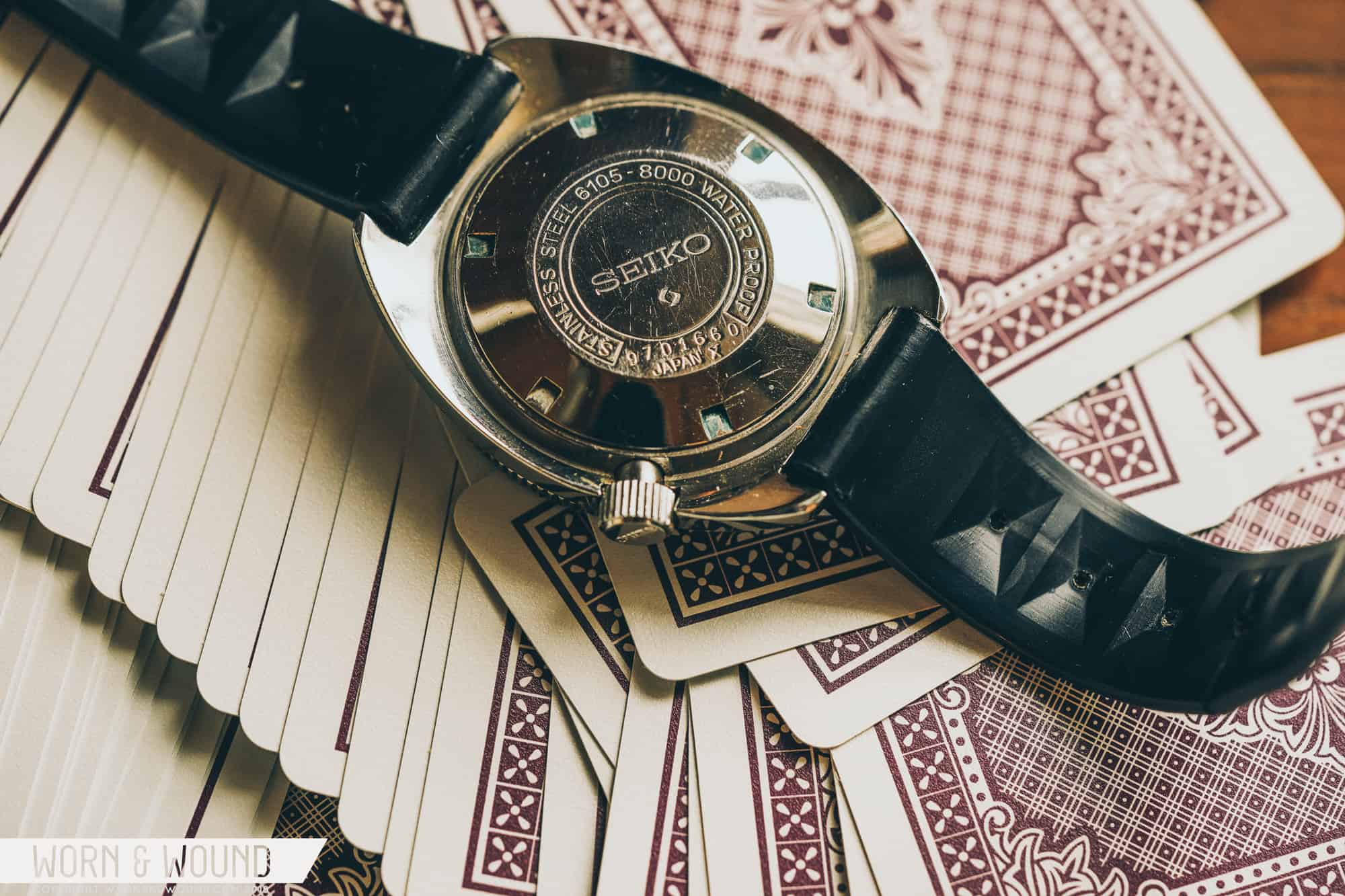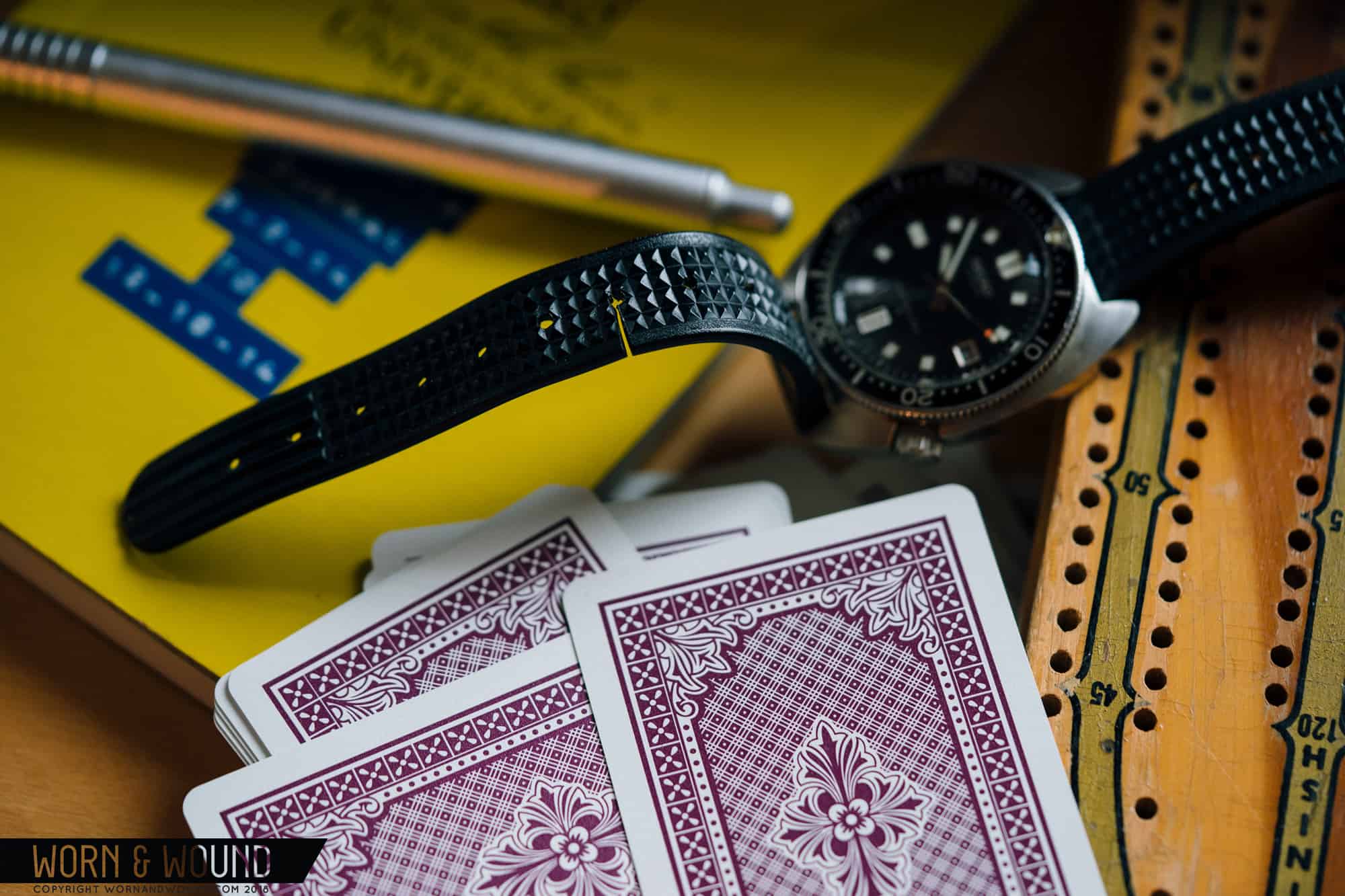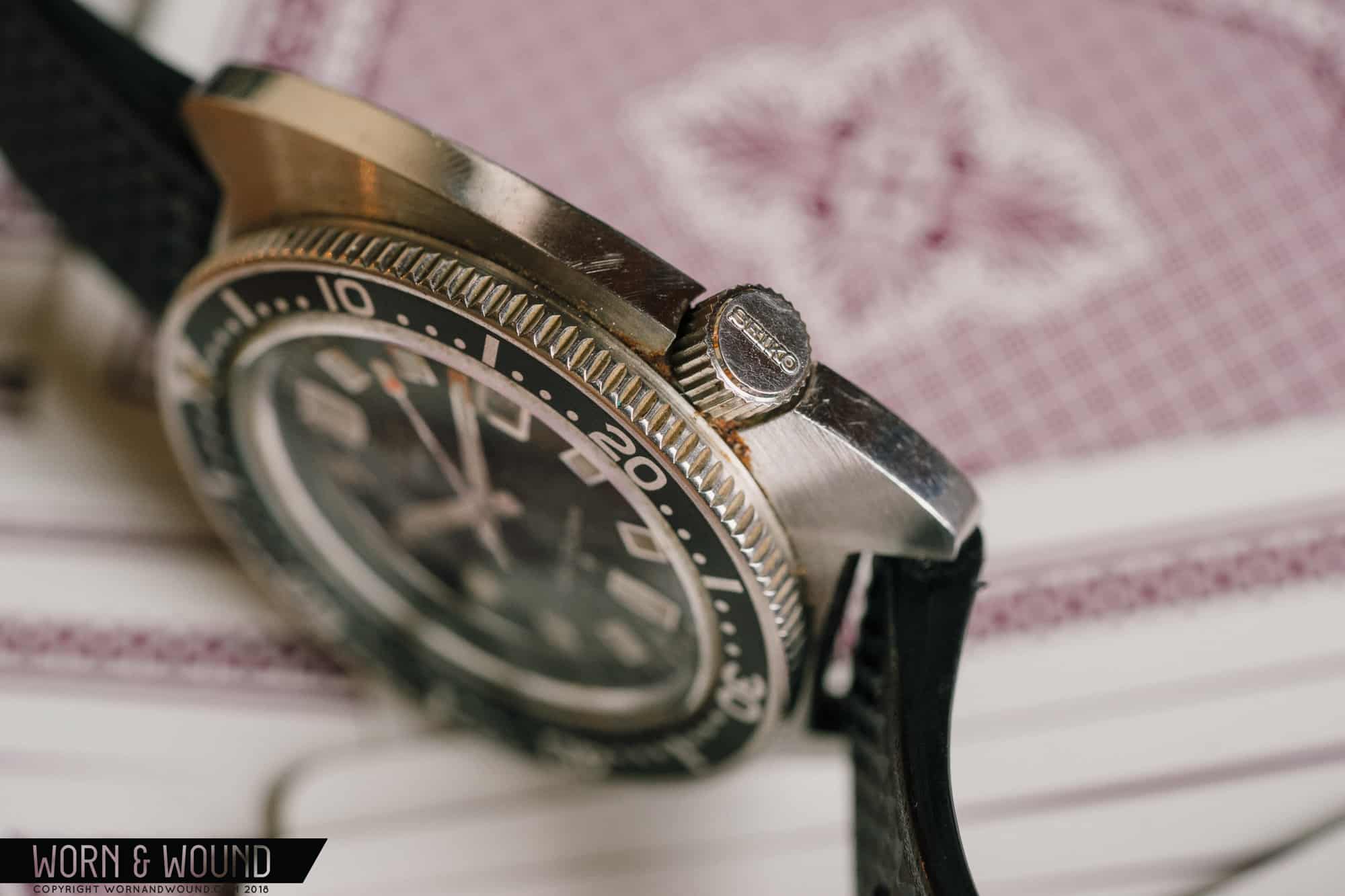The one that got away—we all have one (most of us probably have a few). We covered this in an episode of The Worn & Wound Podcast last year, discussing the watches we sold and regretted, that we passed on only to mourn our shortsightedness, or pieces hastily traded away in pursuit of a new object of affection only to realize, often too late, that the grass is always greener. I loved listening to that episode; it captured the fleeting nature of watch collecting and trading. It also brought a few pieces to mind for me: the Jo Siffert Autavia I didn’t have $2,500 for at the time, a watch I waited years to get then flipped when the market was “high” only to realize it was only getting started, and the many Speedmasters I’ve ignored for too long.
Of those, none really nagged at me like the Seiko 6105-8000 Proof/Proof I’d traded away. The other pieces were opportunities, cool watches to wear, or provenance pieces worthy of a story over a pint, but the 6105 appealed to me on a personal level. Its military history and connection to a timeless movie, its aesthetics, and its place among Seiko’s rich dive watch history were all big pluses in my book.









 Featured Videos
Featured Videos




